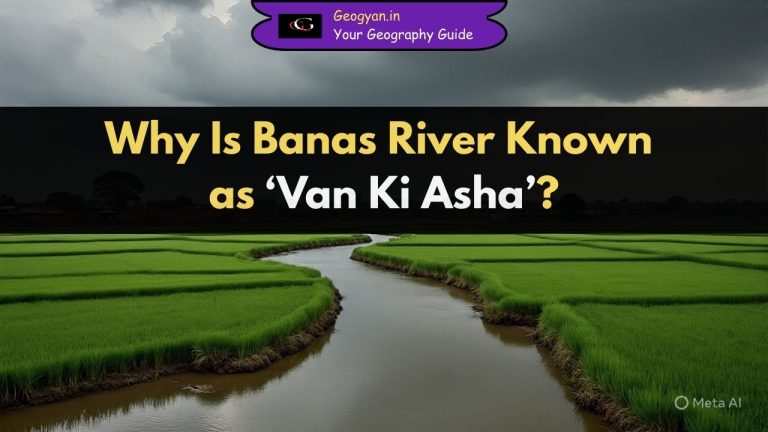Plateaus are elevated uplands with level surfaces that descend steeply to the surrounding lowlands. While all highlands are subjected to erosional processes, plateaus can be classified into three types based on their mode of formation and physical appearance.
Tectonic Plateaus
These plateaus are formed by earth movements that cause uplift and are typical of considerable size and uniform altitude. Examples include the Deccan Plateau in India, the Meseta of central Iberia (which is tilted), and the Harz of Germany (which is faulted). When a plateau is enclosed by folded mountains, it is known as an intermontane plateau. Some of the world’s highest and most extensive plateaus, such as the Tibetan Plateau between the Himalayas and the Kunlun and the Bolivian Plateau between two ranges of the Andes, are intermontane plateaus.





Volcanic Plateaus
When molten lava issues from the earth’s crust and spreads over the surface, successive sheets of basaltic lava solidify to form a lava plateau. The Antrim Plateau in Northern Ireland and the north-western part of the Deccan Plateau in India are examples of well-known volcanic plateaus. However, the most remarkable plateau built by lava is the Columbia-Snake Plateau, which covers an area almost twice as big as Malaysia. Each layer of the lava flow is over 100 feet thick, and the entire depth of successive lava layers is estimated to be almost a mile.


Dissected Plateaus
High and extensive plateaus are gradually worn down and their surfaces become irregular through the continual process of weathering and erosion by running water, ice, and winds. In humid highlands, stream action and sometimes glaciation cut deep, narrow valleys in the plateaus, which are then described as dissected plateaus. An example is the Scottish Highlands. In drier regions, abrasion by winds and vertical corrasion by rivers will dissect the plateau into steep-sided tabular masses termed mesas and buttes. This is a common feature of arid and semi-arid areas, such as in the southwestern USA.

Many of the world’s plateaus have rich mineral resources and have been actively mined. For instance, the African Plateau yields gold, diamonds, copper, manganese, and chromium. In the Brazilian Plateau, we will find huge resources of iron and manganese, mainly in the Minas Gerais region. The Deccan Plateau has deposits of coal, manganese, and iron, and the plateau of Western Australia dominates in gold and iron. Understanding the different types of plateaus and their characteristics can help us appreciate the diverse geological features of our planet and the valuable resources they contain.
FAQs
Q. 1 What are plateaus?
Plateaus are elevated uplands with level surfaces that descend steeply to the surrounding lowlands.
Q. 2 What are tectonic plateaus, and what are some examples?
Tectonic plateaus are plateaus formed by earth movements that cause uplift and are typical of considerable size and uniform altitude. Examples include the Deccan Plateau in India, the Meseta of central Iberia, and the Harz of Germany.
Q. 3 Give some examples of Volcanic plateaus.
Examples of Volcanic plateaus include the Antrim Plateau of Northern Ireland, the northwestern part of the Deccan Plateau, and the Columbia-Snake Plateau.
Q. 4 What are dissected plateaus, and how do they form?
Dissected plateaus are high and extensive plateaus that are gradually worn down over time through the continual process of weathering and erosion by running water, ice, and winds. In humid highlands, stream action and sometimes glaciation cut deep, narrow valleys in the plateaus, while in drier countries, vertical corrasion by rivers and abrasion by winds will dissect the plateau into steep-sided tabular masses termed mesas and buttes, intersected by deep canyons.
Q. 5 What are some valuable mineral resources found in plateaus around the world?
Many of the world’s plateaus have rich mineral resources and have been actively mined. For instance, the African Plateau yields gold, diamonds, copper, manganese, and chromium. The Brazilian Plateau has huge resources of iron and manganese, particularly in the Minas Gerais area. The Deccan Plateau has deposits of manganese, coal, and iron, and the plateau of Western Australia is rich in gold and iron.




























